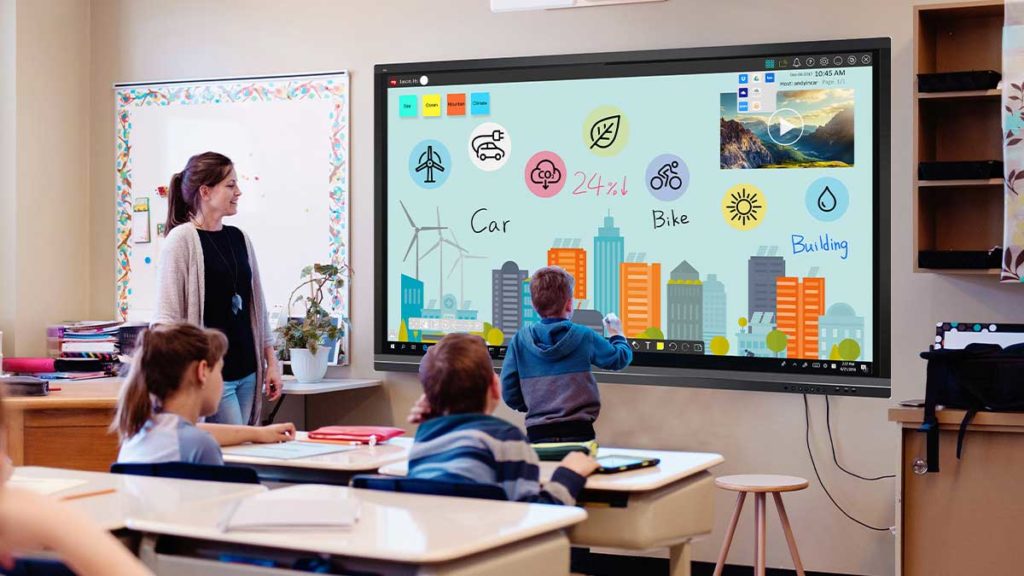
According to Cognitive Load Theory, teachers and educational devices can play important roles when it comes to effectiveness. Teachers can use digital devices like digital whiteboards to increase the interaction with students. This will give educators the opportunity to break down important concepts from learning materials and give students a hands-on opportunity to engage with these unfamiliar materials, making educators easy to manage intrinsic load.
Augmented reality (AR)
I think of AR as another powerful teaching/learning technology. It provides information that users need. In the video example, the mechanic explained several advantages of using AR during his work. It shows synchronous information on-screen to help the mechanic work efficiently. It is also safer to operate machines since both hands are free when using the glasses.
How does AR relate to Mayer’s assumption?
The active-processing assumption asserts that humans don’t learn by just passively absorbing information. Instead, they need to engage in active cognitive processes, namely identifying and selecting relevant material, organizing it into visual and/or verbal models, and integrating those new models with prior knowledge (p. 70).
Mayer, R. E. (2009). Multimedia learning (2nd ed.). Cambridge, England: Cambridge University Press
With AR devices like AR glasses, we can easily interact real world with digital information. We can have AR-created images to help us transfer plain information into meaningful visual or verbal content. This can speed up the cognitive processes so that users will learn fast and solidly.
References
MAYER, R. E. (2009). MULTIMEDIA LEARNING (2ND ED.). CAMBRIDGE, ENGLAND: CAMBRIDGE UNIVERSITY PRESS
Recent Comments